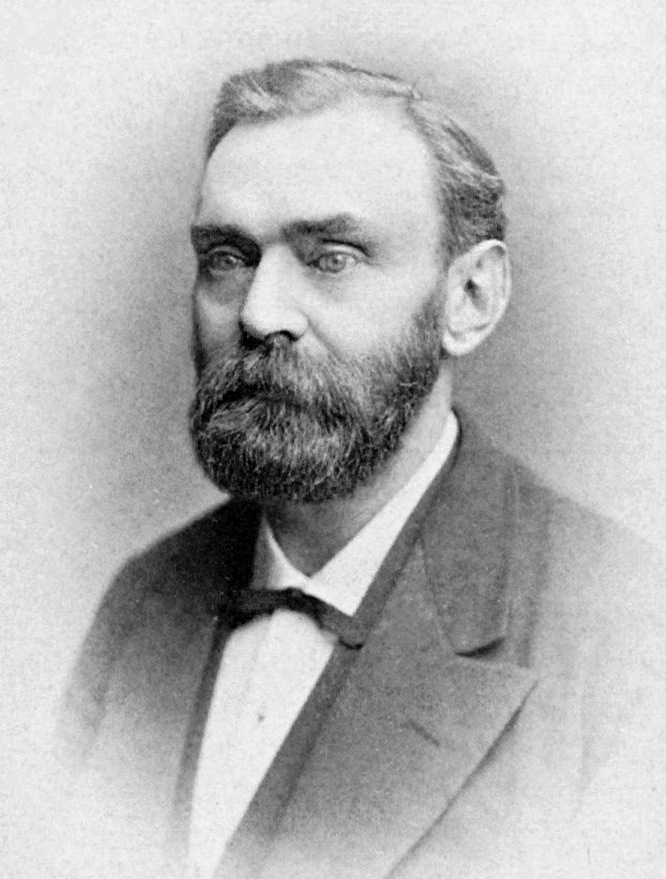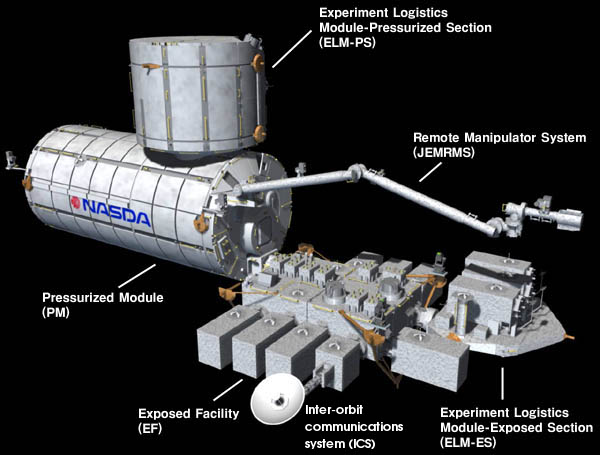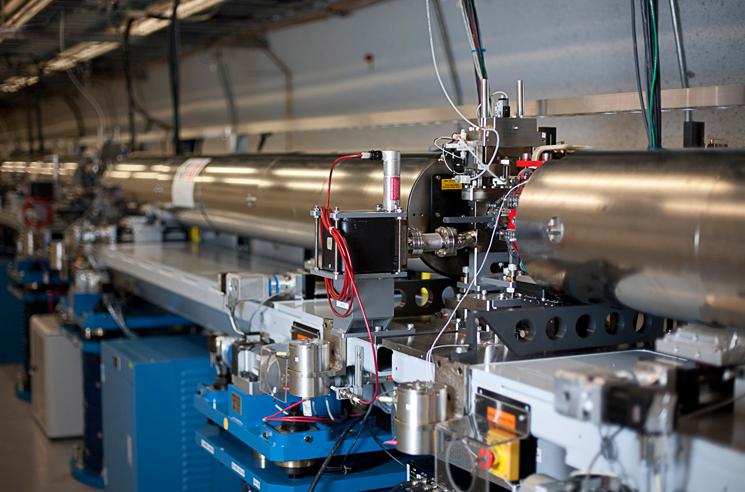|
Katsuhiko Sato (physicist)
is a Japanese physicist and Special University Professor, emeritus, the University of Tokyo. Professor Sato published a paper advocating cosmic inflation in 1981, but it was not widely recognized by Western academic circles. Life Katsuhiko Sato was born in Sakaide, Kagawa Prefecture, Japan on August 30, 1945. He graduated from the Department of Physics, Faculty of Science, Kyoto University, and received a Doctor of Science degree. Since he was a graduate student, Sato has been conducting research on supernovae, following the advice of his mentor, Chushiro Hayashi. Among other things he conducted research on the influence of neutrinos in supernovae. Sato has served as a research assistant at Kyoto University, a visiting professor at the Nordic Institute for Theoretical Physics, an associate professor/professor at the University of Tokyo, the Chairman of 47th Committee of the International Astronomical Union, and the president of the Physical Society of Japan. Origin of t ... [...More Info...] [...Related Items...] OR: [Wikipedia] [Google] [Baidu] |
Sakaide
270px, Sakaide City Hall 270px, Aerial view of Sakaide city center is a city located in Kagawa Prefecture, Japan. , the city had an estimated population of 49,439 in 21,347 households and a population density of 530 persons per km2. The total area of the city is . Geography Sakaide is located in north-center Kagawa Prefecture, on the island of Shikoku, facing the Seto Inland Sea to the north. The northern part of the city is flat and low elevation, with parts on reclaimed land. The city includes part of the Shiwaku Islands, including a number of islands which are connected by the Great Seto Bridge. The southern part of the city is hill, and as with many other cities and towns in Kagawa Prefecture, there are many reservoirs. Fuchu Dam constructed on the main stream of the Ayagawa River, creates Lake Fuchu. Mount Iino, nicknamed ''Sanuki Fuji'' located on the border between Marugame and Sakaide and is one of the "Sanuki Seven Fujis". The Great Seto Bridge connects the city wit ... [...More Info...] [...Related Items...] OR: [Wikipedia] [Google] [Baidu] |
Neutrinos
A neutrino ( ; denoted by the Greek letter ) is an elementary particle that interacts via the weak interaction and gravity. The neutrino is so named because it is electrically neutral and because its rest mass is so small ('' -ino'') that it was long thought to be zero. The rest mass of the neutrino is much smaller than that of the other known elementary particles (excluding massless particles). The weak force has a very short range, the gravitational interaction is extremely weak due to the very small mass of the neutrino, and neutrinos do not participate in the electromagnetic interaction or the strong interaction. Consequently, neutrinos typically pass through normal matter unimpeded and with no detectable effect. Weak interactions create neutrinos in one of three leptonic flavors: # electron neutrino, # muon neutrino, # tau neutrino, Each flavor is associated with the correspondingly named charged lepton. Although neutrinos were long believed to be massles ... [...More Info...] [...Related Items...] OR: [Wikipedia] [Google] [Baidu] |
Nobel Prize In Physics
The Nobel Prize in Physics () is an annual award given by the Royal Swedish Academy of Sciences for those who have made the most outstanding contributions to mankind in the field of physics. It is one of the five Nobel Prizes established by the will of Alfred Nobel in 1895 and awarded since 1901, the others being the Nobel Prize in Chemistry, Nobel Prize in Literature, Nobel Peace Prize, and Nobel Prize in Physiology or Medicine. Physics is traditionally the first award presented in the Nobel Prize ceremony. The prize consists of a medal along with a diploma and a certificate for the monetary award. The front side of the medal displays the same profile of Alfred Nobel depicted on the medals for Physics, Chemistry, and Literature. The first Nobel Prize in Physics was awarded to German physicist Wilhelm Röntgen in recognition of the extraordinary services he rendered by the discovery of X-rays. This award is administered by the Nobel Foundation and is widely regarded as the ... [...More Info...] [...Related Items...] OR: [Wikipedia] [Google] [Baidu] |
Masatoshi Koshiba
was a Japanese physicist and one of the founders of neutrino astronomy. His work with the neutrino detectors Kamiokande and Super-Kamiokande was instrumental in detecting solar neutrinos, providing experimental evidence for the solar neutrino problem. Koshiba won the Nobel Prize in Physics in 2002, jointly with Raymond Davis Jr., "for pioneering contributions to astrophysics, in particular for the detection of cosmic neutrinos". He was a senior counselor at the International Center for Elementary Particle Physics (ICEPP) and professor at the University of Tokyo. Early life Koshiba was born in Toyohashi in central Japan on September 19, 1926, to Toshio and Hayako Koshiba. His father was a military officer. His mother died when he was three, leading to his father marrying his wife's elder sister. He grew up in Yokosuka, and completed his high school in Tokyo. It is mentioned that his initial interest was in studying German literature, but, ended up studying physics, spurred ... [...More Info...] [...Related Items...] OR: [Wikipedia] [Google] [Baidu] |
Royal Swedish Academy Of Sciences
The Royal Swedish Academy of Sciences () is one of the Swedish Royal Academies, royal academies of Sweden. Founded on 2 June 1739, it is an independent, non-governmental scientific organization that takes special responsibility for promoting natural sciences and mathematics and strengthening their influence in society, whilst endeavouring to promote the exchange of ideas between various disciplines. The goals of the academy are: * To be a forum where researchers meet across subject boundaries, * To offer a unique environment for research, * To provide support to younger researchers, * To reward outstanding research efforts, * To communicate internationally among scientists, * To advance the case for science within society and to influence research policy priorities * To stimulate interest in mathematics and science in school, and * To disseminate and popularize scientific information in various forms. Every year, the academy awards the Nobel Prizes in Nobel Prize in Physics, phy ... [...More Info...] [...Related Items...] OR: [Wikipedia] [Google] [Baidu] |
Hideki Yukawa
Hideki Yukawa (; ; 23 January 1907 – 8 September 1981) was a Japanese theoretical physicist who received the Nobel Prize in Physics in 1949 "for his prediction of the existence of mesons on the basis of theoretical work on nuclear forces". Biography Hideki Ogawa was born in Tokyo and grew up in Kyoto with two older brothers, two older sisters, and two younger brothers. He read the Confucian '' Doctrine of the Mean'', and later Lao-Tzu and Chuang-Tzu. His father, for a time, considered sending him to technical college rather than university since he was "not as outstanding a student as his older brothers". However, when his father broached the idea with his middle school principal, the principal praised his "high potential" in mathematics and offered to adopt Ogawa himself in order to keep him on a scholarly career. At that, his father relented. Ogawa decided against becoming a mathematician when in high school; his teacher marked his exam answer as incorrect when Ogawa ... [...More Info...] [...Related Items...] OR: [Wikipedia] [Google] [Baidu] |
JAXA
The is the Japanese national air and space agency. Through the merger of three previously independent organizations, JAXA was formed on 1 October 2003. JAXA is responsible for research, technology development and launch of satellites into orbit, and is involved in many more advanced missions such as asteroid exploration and possible human exploration of the Moon. Its motto is ''One JAXA'' and its corporate slogan is ''Explore to Realize'' (formerly ''Reaching for the skies, exploring space''). History On 1 October 2003, three organizations were merged to form the new JAXA: Japan's Institute of Space and Astronautical Science (ISAS), the National Aerospace Laboratory of Japan (NAL), and National Space Development Agency of Japan (NASDA). JAXA was formed as an Independent Administrative Institution administered by the Ministry of Education, Culture, Sports, Science and Technology (MEXT) and the Ministry of Internal Affairs and Communications (MIC). Before the mer ... [...More Info...] [...Related Items...] OR: [Wikipedia] [Google] [Baidu] |
Alexei Starobinsky
Alexei Alexandrovich Starobinsky (; 19 April 1948 – 21 December 2023) was a Soviet and Russian-Jewish theoretical physicist and cosmologist. He was a pioneer of the theory of cosmic inflation, for which he received the 2014 Kavli Prize in Astrophysics together with Alan Guth and Andrei Linde. Born in Moscow, Starobinsky obtained a degree in physics from Moscow State University in 1972 and a doctorate in theoretical and mathematical physics from the Landau Institute for Theoretical Physics in 1975, the latter under the supervision of Yakov Zeldovich. Starobinsky remained at the Landau Institute, becoming its principal research scientist in 1997 and holding this position until his death. While still a doctoral student, in 1973 he showed that, according to the uncertainty principle, rotating black holes must emit particles. This work led to Stephen Hawking conjecturing Hawking radiation. In 1979, he became the first to propose a model of cosmic inflation, postulating what ... [...More Info...] [...Related Items...] OR: [Wikipedia] [Google] [Baidu] |
SLAC National Accelerator Laboratory
SLAC National Accelerator Laboratory, originally named the Stanford Linear Accelerator Center, is a Federally funded research and development centers, federally funded research and development center in Menlo Park, California, Menlo Park, California, United States. Founded in 1962, the laboratory is now sponsored by the United States Department of Energy and administrated by Stanford University. It is the site of the Stanford Linear Accelerator, a 3.2 kilometer (2-mile) linear accelerator constructed in 1966 that could accelerate electrons to energies of 50 GeV. Today SLAC research centers on a broad program in Atomic physics, atomic and solid state physics, solid-state physics, chemistry, biology, and medicine using X-rays from synchrotron radiation and a free-electron laser as well as experimental physics, experimental and theoretical physics, theoretical research in elementary particle, elementary particle physics, accelerator physics, astroparticle physics, and cosmology. ... [...More Info...] [...Related Items...] OR: [Wikipedia] [Google] [Baidu] |
Stanford University
Leland Stanford Junior University, commonly referred to as Stanford University, is a Private university, private research university in Stanford, California, United States. It was founded in 1885 by railroad magnate Leland Stanford (the eighth List of governors of California, governor of and then-incumbent List of United States senators from California, United States senator representing California) and his wife, Jane Stanford, Jane, in memory of their only child, Leland Stanford Jr., Leland Jr. The university admitted its first students in 1891, opening as a Mixed-sex education, coeducational and non-denominational institution. It struggled financially after Leland died in 1893 and again after much of the campus was damaged by the 1906 San Francisco earthquake. Following World War II, university Provost (education), provost Frederick Terman inspired an entrepreneurship, entrepreneurial culture to build a self-sufficient local industry (later Silicon Valley). In 1951, Stanfor ... [...More Info...] [...Related Items...] OR: [Wikipedia] [Google] [Baidu] |
Alan Guth
Alan Harvey Guth (; born February 27, 1947) is an American theoretical physicist and cosmologist who is the Victor Weisskopf Professor of Physics at the Massachusetts Institute of Technology. Along with Alexei Starobinsky and Andrei Linde, he won the 2014 Kavli Prize "for pioneering the theory of cosmic inflation." Guth's research focuses on elementary particle theory and how particle theory is applicable to the early universe. [Baidu] |
Inflation (cosmology)
In physical cosmology, cosmic inflation, cosmological inflation, or just inflation, is a theory of exponential expansion of space in the very early universe. Following the inflationary period, the universe continued to expand, but at a slower rate. The re-acceleration of this slowing expansion due to dark energy began after the universe was already over 7.7 billion years old (5.4 billion years ago). Inflation theory was developed in the late 1970s and early 1980s, with notable contributions by several theoretical physicists, including Alexei Starobinsky at Landau Institute for Theoretical Physics, Alan Guth at Cornell University, and Andrei Linde at Lebedev Physical Institute. Starobinsky, Guth, and Linde won the 2014 Kavli Prize "for pioneering the theory of cosmic inflation". It was developed further in the early 1980s. It explains the origin of the large-scale structure of the cosmos. Quantum fluctuations in the microscopic inflationary region, magnified t ... [...More Info...] [...Related Items...] OR: [Wikipedia] [Google] [Baidu] |








